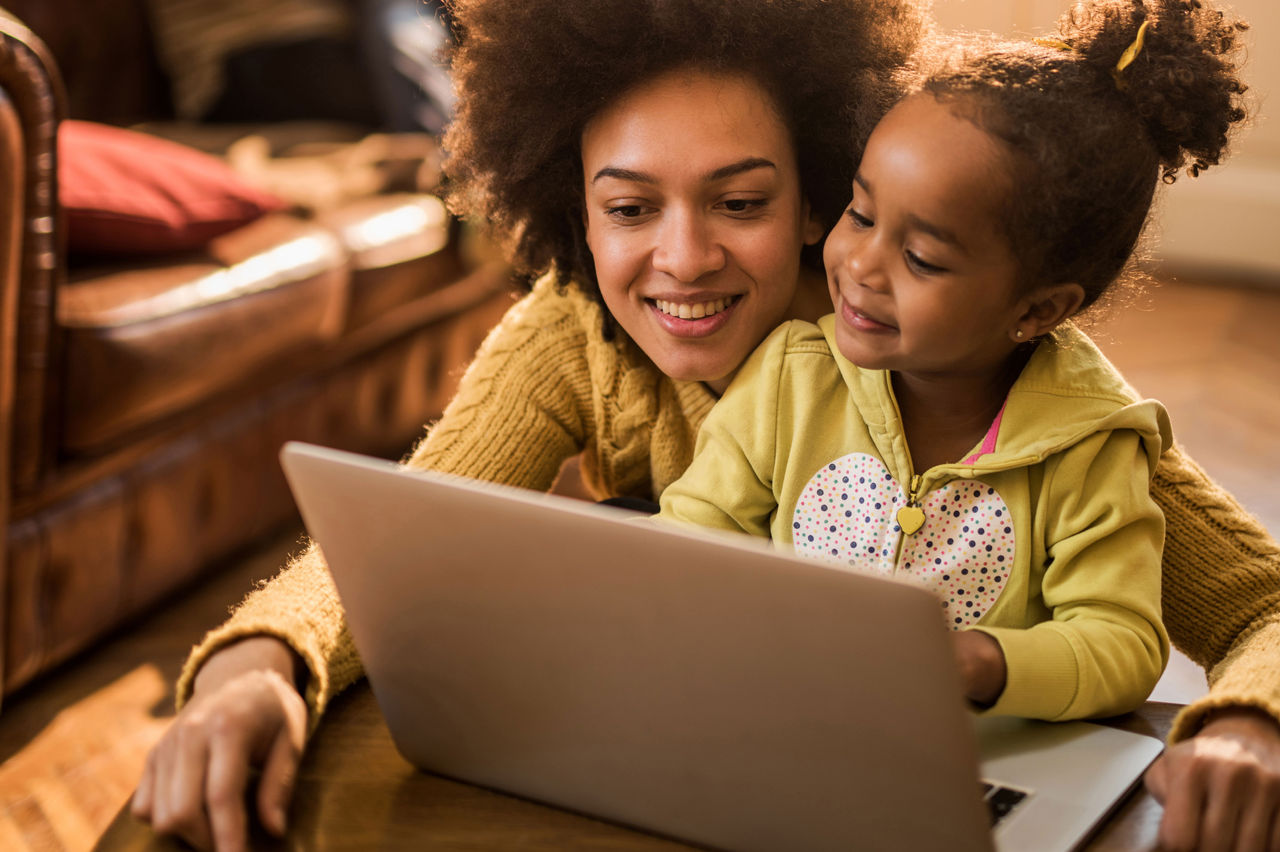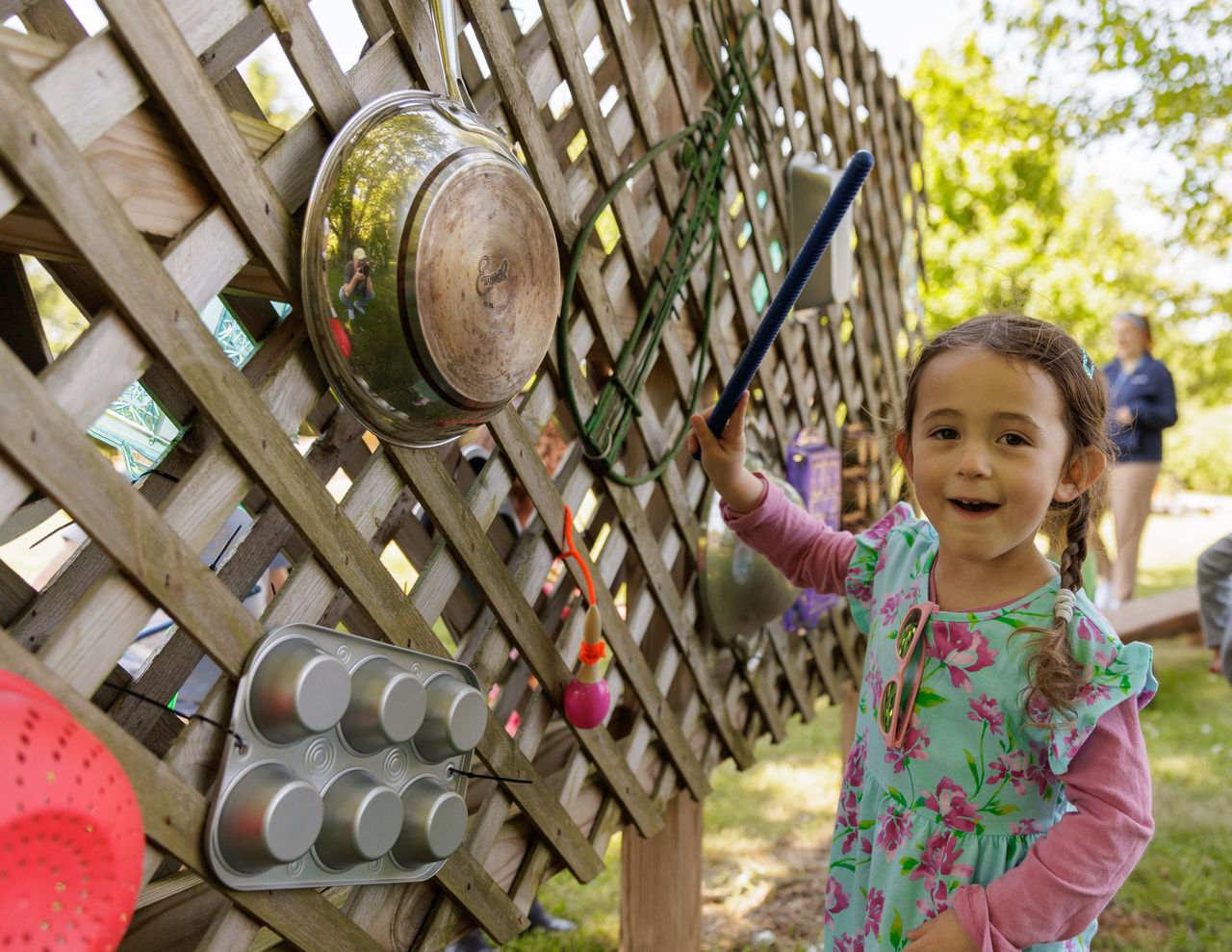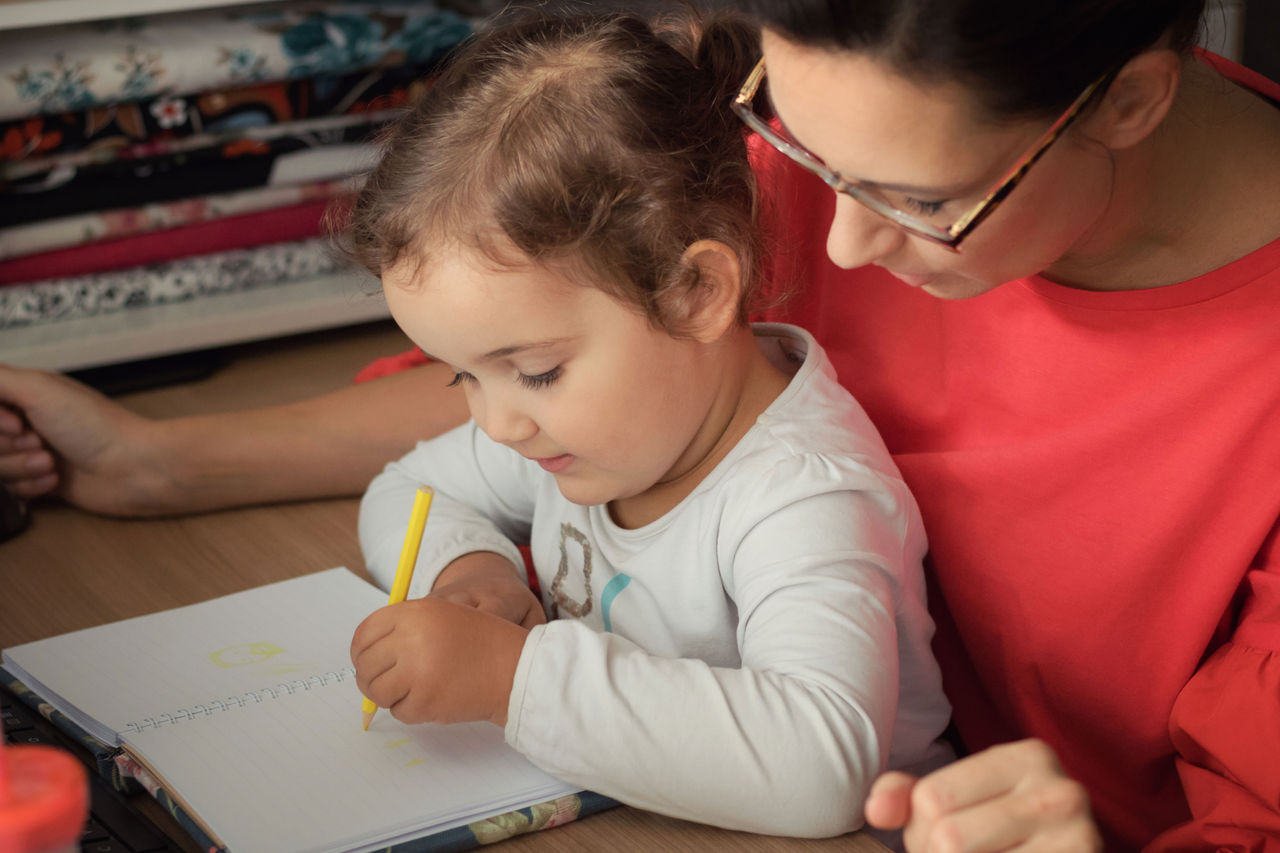When our fifth-grader recently announced he was going downstairs to curl up with his mother’s old Kindle, I was stopped in my tracks by a delicious memory from five years ago, when my family used to curl up together with print books for a reading hour each Sunday night before bed. Today, that may seem like nostalgia. Half of American families own tablets, and many parents are wondering if co-reading e-books with children is a good thing.
Ten years ago, this was not a dilemma. Most parents thought that computers, laptops and DVD players were convenient for entertainment, but only a minority believed that technology was going to play a significant and positive role in their young children’s education at home or in school. However, with the increase in smartphone and tablet use during the last decade, most parents are now comfortable with digital learning. Still, many parents who are comfortable with the benefits of digital gaming and interactive problem-solving are less enthusiastic about using devices to help their children learn to read.
Parents highly cherish children’s ability to read, as they should. Our families and our communities suffer if children fail to master reading by the third grade. How can parents use digital tools to help their children develop literacy skills?
Parents value co-reading because it promotes interactive storytelling, enriches children’s vocabularies and stimulates parent-child conversations, but co-reading e-books may or may not provide the same benefits. Two recent Cooney Center QuickReports from the Joan Ganz Cooney Center, Comparing Parent-Child Co-reading on Print, Basic and Enhanced E-book Platforms (Chiong, Ree, Takeuchi & Erickson, 2012) and Co-reading with Children on iPads: Parents’ Perceptions and Practices (Vaala & Takeuchi, 2012) had three significant findings:
- Print and basic e-books both elicited similar levels of content-related actions like pointing, labeling and talking about the story’s content. Enhanced e-books, however, prompted more non-content-related actions like pushing the parent’s hand away or talking about the device, with measurably less vocabulary growth and less pre-reading skill building. While enhanced e-books appeal to children, they don’t enrich the essential parent-child conversation about content that strengthens literacy skills as much as print books or basic e-books do (Chiong et al., 2012).
- Overall, print books and basic e-books were found to be better for co-reading between a parent and a child than either e-book platform. Neither kind of e-book supports story-focused conversation and story comprehension as well as print books do (Chiong et al., 2012).
- The majority of parents who co-read e-books on iPads prefer co-reading print books, unless they are traveling or commuting with their child. They feel that e-book co-reading is too difficult and they do not want their young children to have too much screen time (Vaala & Takeuchi, 2012).
To summarize, designers of enhanced e-books need to create e-books with co-reading-related activities and include fewer games and videos (Chiong et al., 2012). Parents seem to prefer print books, but they will use e-books for strengthening literacy and pre-literacy skills when they travel (Vaala & Takeuchi, 2012). We have a lot more to learn about this subject, so don’t recycle your print library yet.
References
Chiong, C., Ree, J., Takeuchi, L. & Erickson, I. (Spring 2012). Print books vs. e-books: Comparing parent-child co-reading on print, basic and enhanced e-book platforms. The Joan Ganz Cooney Center. Retrieved from http://www.joanganzcooneycenter.org/upload_kits/jgcc_ebooks_quickreport.pdf
Vaala, S. & Takeuchi, L. (Summer 2012). Parent co-reading survey: Co-reading with children on iPads: Parents’ perceptions and practices. The Joan Ganz Cooney Center. Retrieved from http://www.joanganzcooneycenter.org/upload_kits/jgcc_parentsurvey_quickreport_final.pdf




